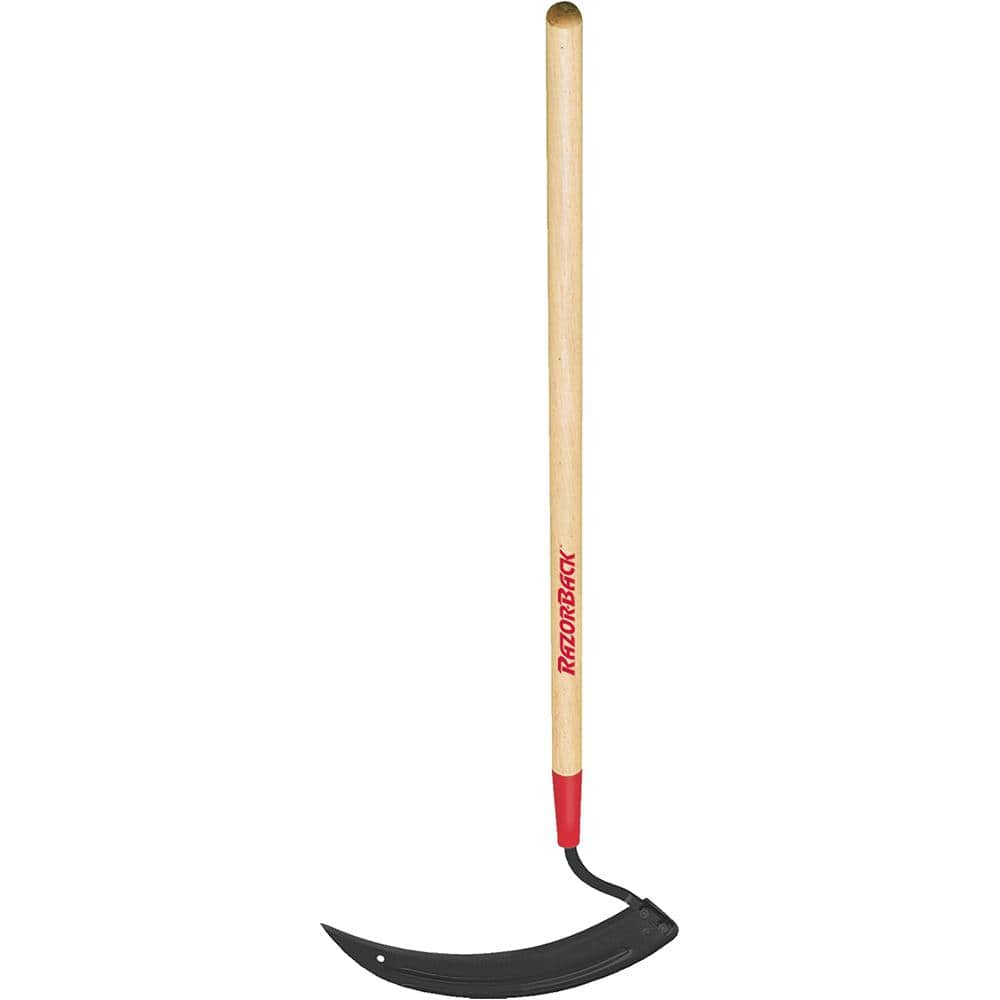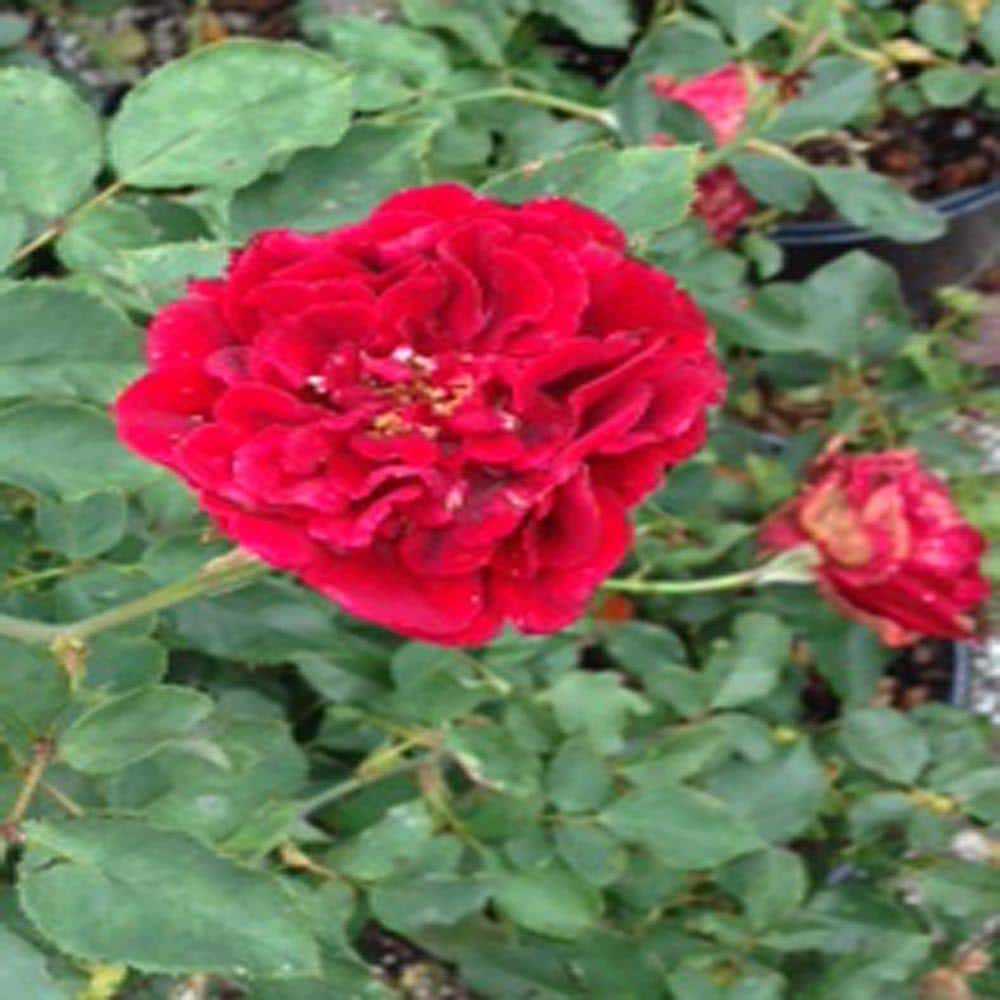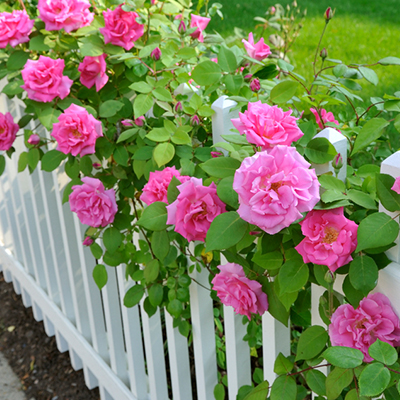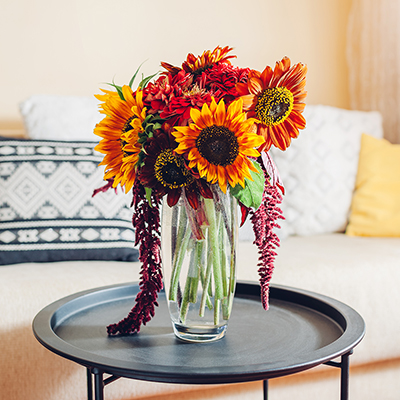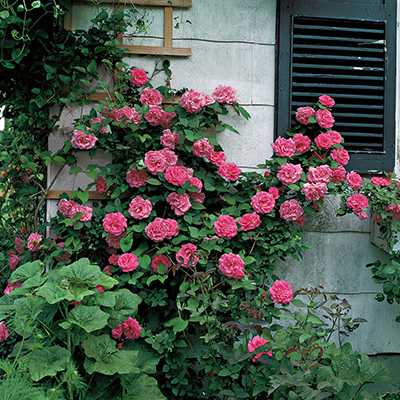Discover the Secret Language of Flowers
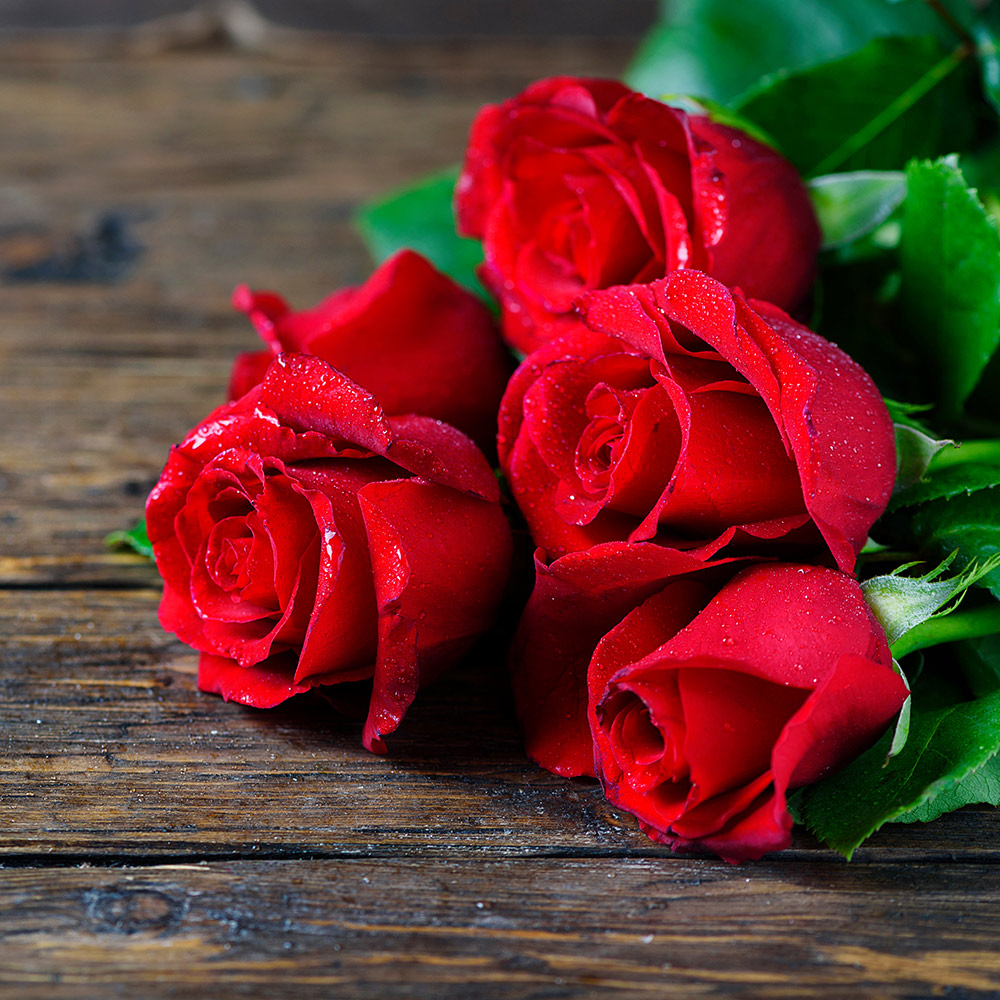
Last updated September 7, 2023
As a bouquet or just a single elegant stem, roses send a message. After all, roses have symbolized love and beauty since ancient times.
But do you know the secret language of flowers? Do you know the symbolism behind the colors and blooms? Enhance the gift of flowers on Valentine's Day and beyond with a deeper insight.
No matter the occasion, you can’t go wrong with roses, tulips or carnations. Choose red for passionate love or pink for warm affection. Go with white for purity or yellow for friendship. Dive into the deeper meanings of what your flowers can signify below.
Table of Contents
Communicate With Flowers
Learn the Language of Flowers
Lessons from the Landscape
Create a Tussie-Mussie
Communicate With Flowers
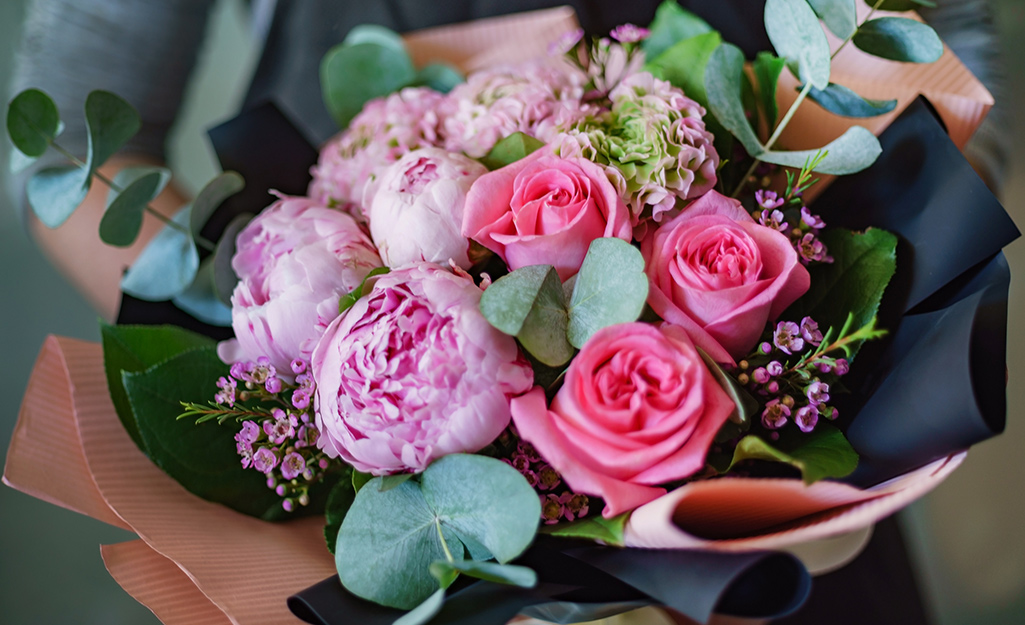
Customs of connecting through flowers flourished in the Victorian era. People exchanged small bouquets, known as tussie-mussies, or nosegays.
Carefully chosen blooms helped express their feelings.
Today, we’re more familiar with relations played out on social media. But back then, couples dispatched flowers. Blooms conveyed positive messages of love, friendship, and admiration. Flower dispatches even hit on hard emotions like jealousy or anger.
Roses, of course, carry the message of love from friendship to romance. In the beginning, a single rose leaf lets the recipient know “You may hope.” Further along, a single, perfect rose means “I love you.” Brides often carry red roses to symbolize joyous love on their special day.
- On other occasions, white roses symbolize innocence and secrecy.
- Yellow roses convey joy and friendship.
- Petite rosebuds speak of beauty, youth and innocence.
- Dark pink roses stand for thankfulness.
- Lavender roses mean enchantment.
Learn the Language of Flowers
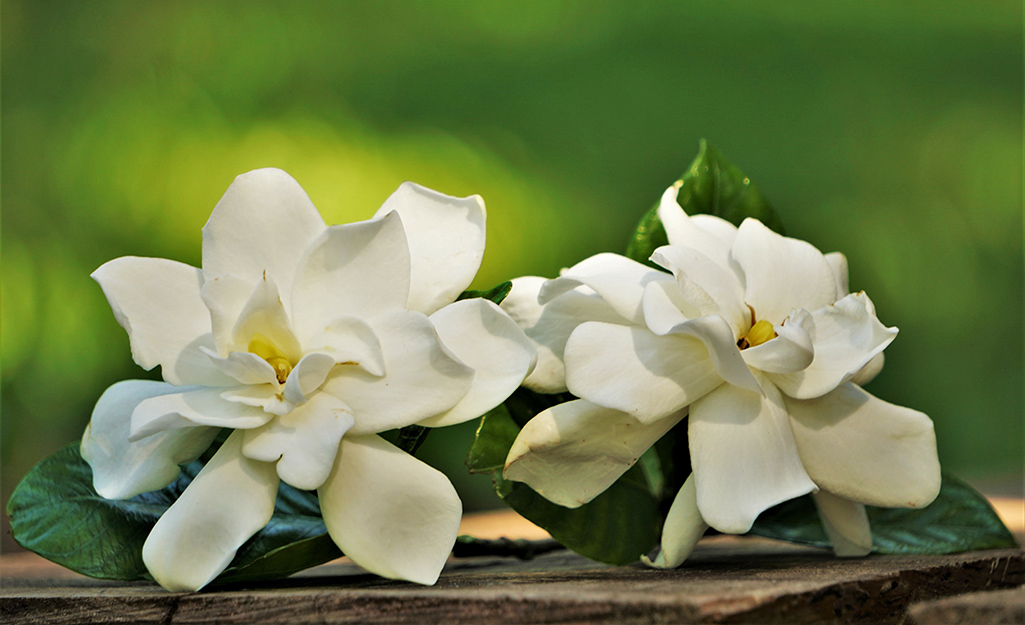
Roses are just one category of floriography. Floriography is the official name for the language of flowers. In Victorian times, published floral dictionaries existed. These dictionaries helped to categorize various floral meanings.
Today, you can take a stroll through your landscape for more floral conversation:
- Exquisite camellias are for romantic love.
- Gardenias are for newly budding romance.
- Rhododendrons, on the other hand, speak of danger.
- Hydrangeas have two denotations: gratitude or heartless.
- Arbor Vitae means unchanging friendship.
- Alyssum preludes worth above beauty.
- The evergreen strands of ivy stand for everlasting friendship.
- Ferns, some of the oldest plants on earth, speak of magic and secret confidences.
Look for sprigs of ivy and fern in floral arrangements. They bring their own meanings to bouquets.
Lessons from the Landscape
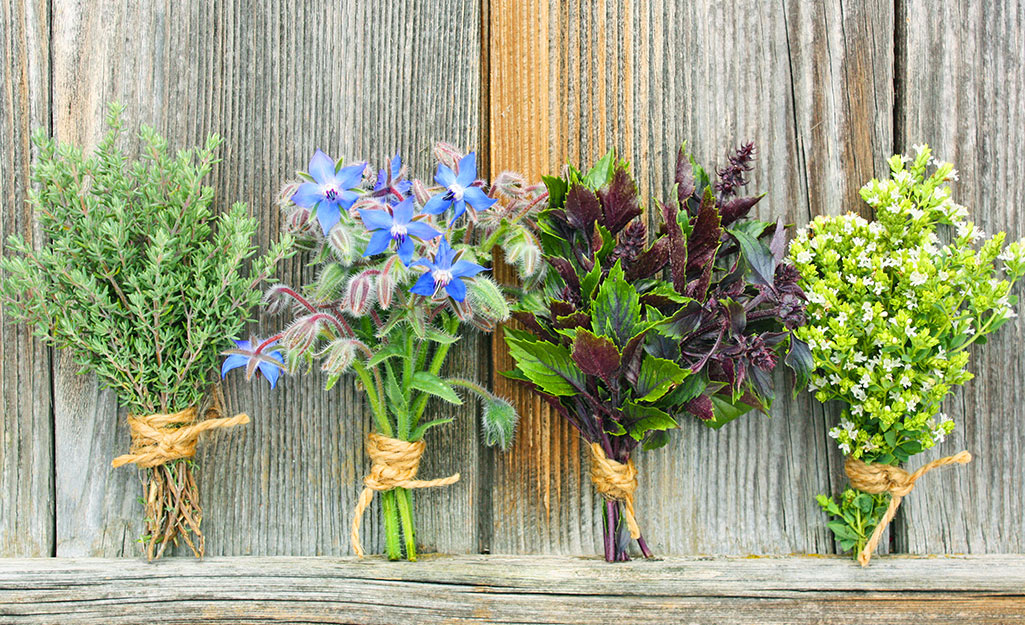
From the herb garden, pine-scented rosemary is for remembrance. Thyme is for happiness and courage. Sage symbolizes long life and good health. Share a few sprigs of summer basil for love and good wishes.
More from the language of flowers:
- Forget-me-not, of course, means to remember.
- Holly stands for defense and domestic happiness.
- Magnolia symbolizes nobility.
- Primrose means “I can’t live without you.”
- Violets convey modesty or faithfulness.
Create a Tussie-Mussie

The thoughtful gardener can pluck flowers from their garden and create a tussie-mussie. With or without store-bought blooms and herbs, it's easy to create. But first, what's a tussie-mussie?
In the Victorian era, bad odors were thought to carry diseases. To offset any bad aromas, many women carried around small bouquets pinned to their clothing. Soon, they became more of a fashion accessory than a functional deodorizer.
A "tussie" is a nosegay, which is a Middle English word for a small group of flowers held at nose level. "Mussie" refers to moistened moss placed around the bouquet stems to stop wilting. Hence, the name tussie-mussie.
As you choose flowers for your own tussie-mussie, consider color, shape and fragrance.
Need tools, materials, plants or potting soil to get your own garden started? The Home Depot delivers online orders when and where you need them.


